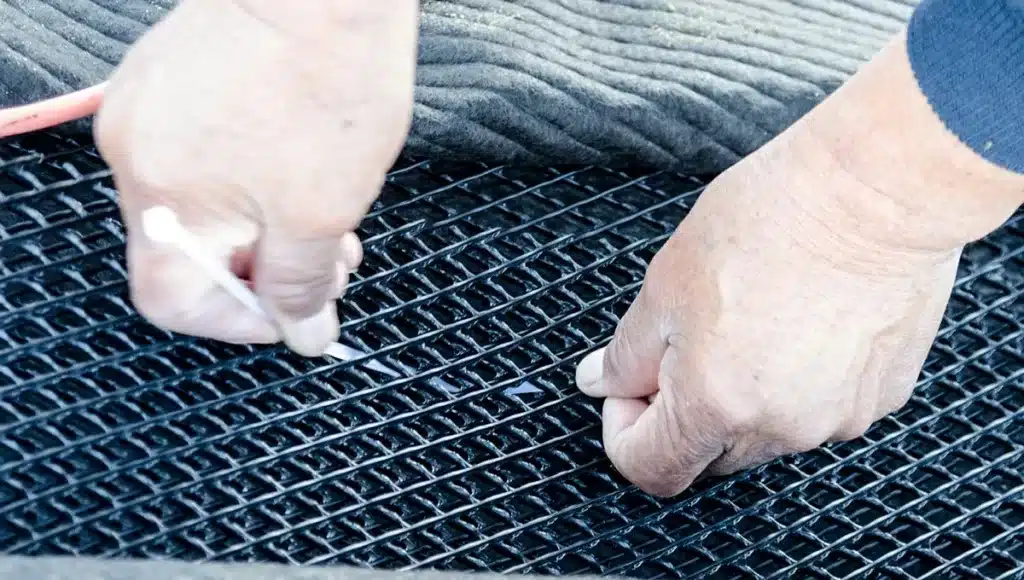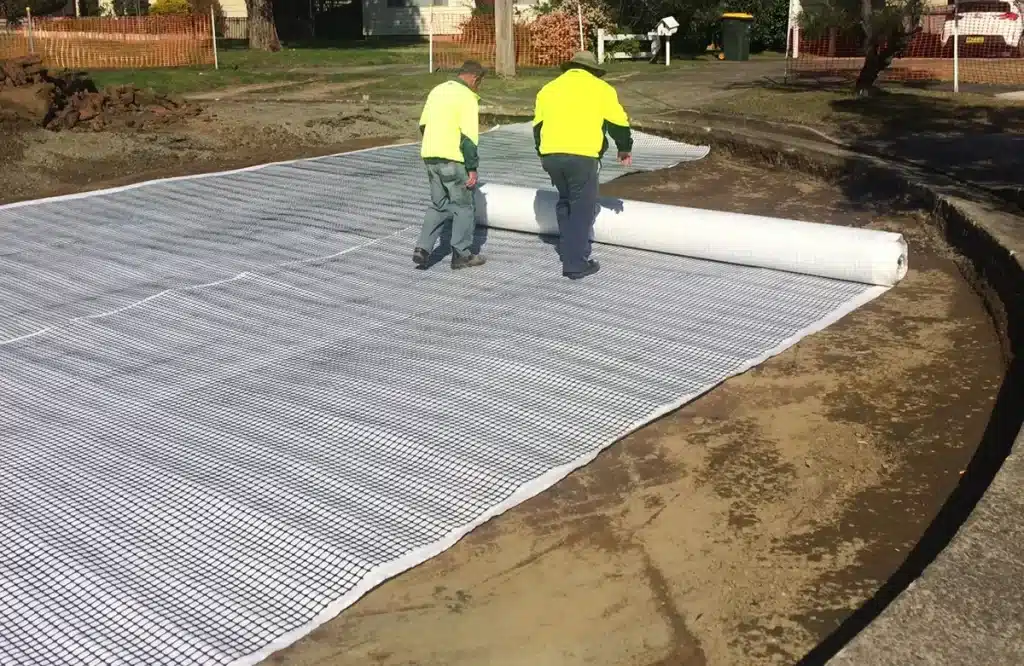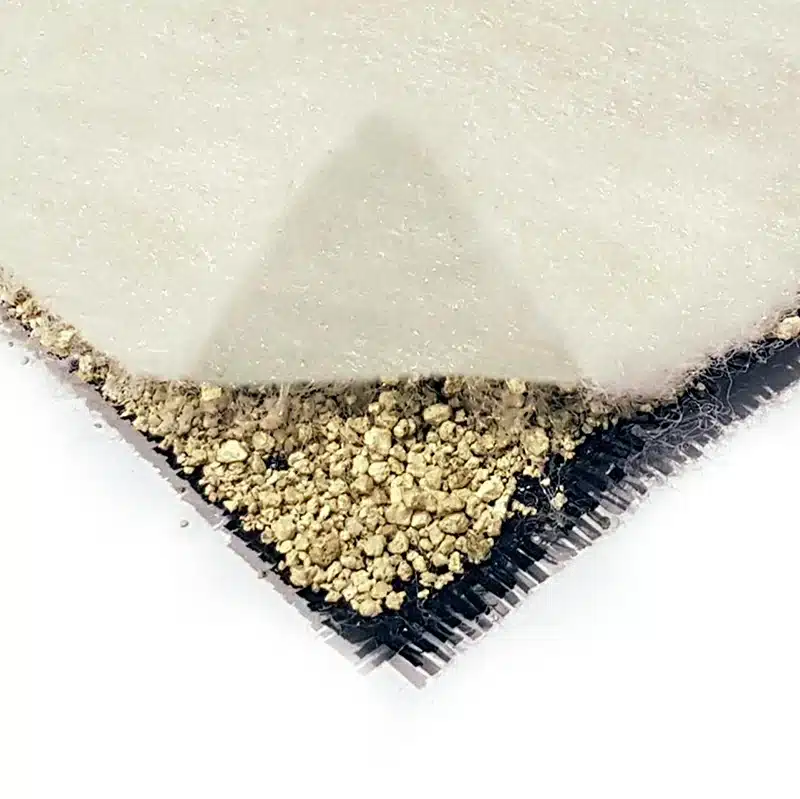+86-159 9860 6917
info@geofantex.com
geofantex@gmail.com
+86-400-8266163-44899
When it comes to effective water management in construction and landscaping projects, drainage composite is the key. These innovative solutions are designed to efficiently collect, channel, and remove excess water, preventing waterlogging and soil erosion. Whether you’re working on a residential garden, commercial development, or civil engineering project, drainage composite offers a reliable and sustainable way to manage water runoff and protect your investment. Learn more about the benefits and applications of drainage composite here.

What is composite drainage?
Definition:
Composite drainage refers to a multi-layered system designed to manage water movement and control drainage in various applications, such as civil engineering, construction, and environmental projects. It combines different materials to optimize drainage efficiency and durability.
Components:
- Geotextiles: These are permeable fabrics that filter and separate soil layers while allowing water to pass through.
- Geonets or Geocomposites: These are synthetic materials that provide high drainage capacity by allowing water to flow through channels.
- Core Material: This provides structural support and facilitates water movement.
- Protective Layers: These layers shield the core material from physical damage and environmental factors.
Purpose:
The primary purpose of composite drainage is to efficiently manage water flow and prevent water accumulation, which can lead to structural damage, soil erosion, and instability. It is used in various applications, including:
- Road and Highway Construction: To prevent waterlogging and maintain the integrity of the roadbed.
- Landfills: To manage leachate and control contamination.
- Retaining Walls: To relieve hydrostatic pressure and enhance stability.
- Green Roofs: To ensure proper drainage and plant health.
Benefits:
- Enhanced Drainage Efficiency: Composite drainage systems offer superior water flow capacity compared to traditional methods.
- Durability: The combination of materials provides long-lasting performance and resistance to environmental factors.
- Reduced Maintenance: Effective drainage reduces the need for frequent maintenance and repairs.
- Environmental Protection: By managing water flow, composite drainage helps prevent soil erosion and contamination.

What are composite materials for drainage?
Composite materials are engineered by combining two or more constituent materials with different physical or chemical properties. These materials are designed to achieve characteristics that are superior to those of the individual components. In drainage systems, composite materials are often used for their enhanced durability, strength, and resistance to environmental factors.
Geocomposites:
- Description: Geocomposites are a combination of geotextiles, geogrids, geomembranes, or other geosynthetic materials.
- Use: They are used in drainage applications for soil stabilization, filtration, and separation.
- Benefits: High permeability, improved filtration, and enhanced strength.
Polymer Composites:
- Description: These are made from a polymer matrix reinforced with fibers such as glass, carbon, or aramid.
- Use: Used for drainage pipes, trench drains, and drainage channels.
- Benefits: Corrosion resistance, lightweight, and high tensile strength.
Concrete Composites:
- Description: Composed of concrete combined with materials like steel fibers, glass fibers, or synthetic fibers.
- Use: Used in precast drainage components like pipes, culverts, and manholes.
- Benefits: Enhanced crack resistance, increased load-bearing capacity, and improved durability.
Benefits of Composite Materials in Drainage Systems
- Durability: Composite materials often have a longer lifespan compared to traditional materials due to their resistance to environmental factors like corrosion, chemical exposure, and physical wear and tear.
- Strength: They provide higher strength-to-weight ratios, which allows for the creation of lighter yet stronger drainage components that can handle higher loads and pressures.
- Efficiency: Enhanced filtration and permeability characteristics of geocomposites lead to more efficient drainage and water management.
- Cost-effectiveness: Although the initial cost might be higher, the long-term maintenance and replacement costs are often lower due to the extended lifespan and durability of composite materials.
- Environmental Impact: Some composite materials, especially geocomposites, are designed to be more environmentally friendly by reducing soil erosion and promoting sustainable construction practices.
Composite materials offer significant advantages over traditional materials in drainage systems. Their enhanced durability, strength, and efficiency make them an ideal choice for modern infrastructure projects. By using composite materials, engineers and builders can create more reliable and sustainable drainage solutions.
What are the 4 types of drainage systems?
The four main types of drainage systems are:
- Surface Drainage System: Removes excess water from the surface of the land using channels, ditches, or drains.
- Subsurface Drainage System: Removes water from below the ground surface using perforated pipes or tiles to prevent waterlogging.
- French Drain System: A type of subsurface drainage that uses gravel-filled trenches with perforated pipes to redirect water away from an area.
- Slope Drainage System: Utilizes natural or engineered slopes to channel water away from an area, often combined with surface drains or gutters.
These systems help manage water to prevent flooding, erosion, and soil instability.
How thick is a composite drainage board?
The thickness of a composite drainage board typically ranges from 5 mm to 20 mm, depending on the application and design requirements. Here’s a general breakdown:
- 5–10 mm: Used for light-duty drainage applications such as planter boxes, balconies, or green roofs.
- 10–15 mm: Common for retaining walls, basement waterproofing, and light civil engineering projects.
- 15–20 mm or more: Used in heavy-duty drainage systems like tunnels, roadways, and foundation slabs.
The board usually consists of a geonet or dimpled core bonded with a nonwoven geotextile filter fabric, which determines its drainage capacity and compressive strength.



Get Free Sample
We’ll respond as soon as possible(within 12 hours)






















